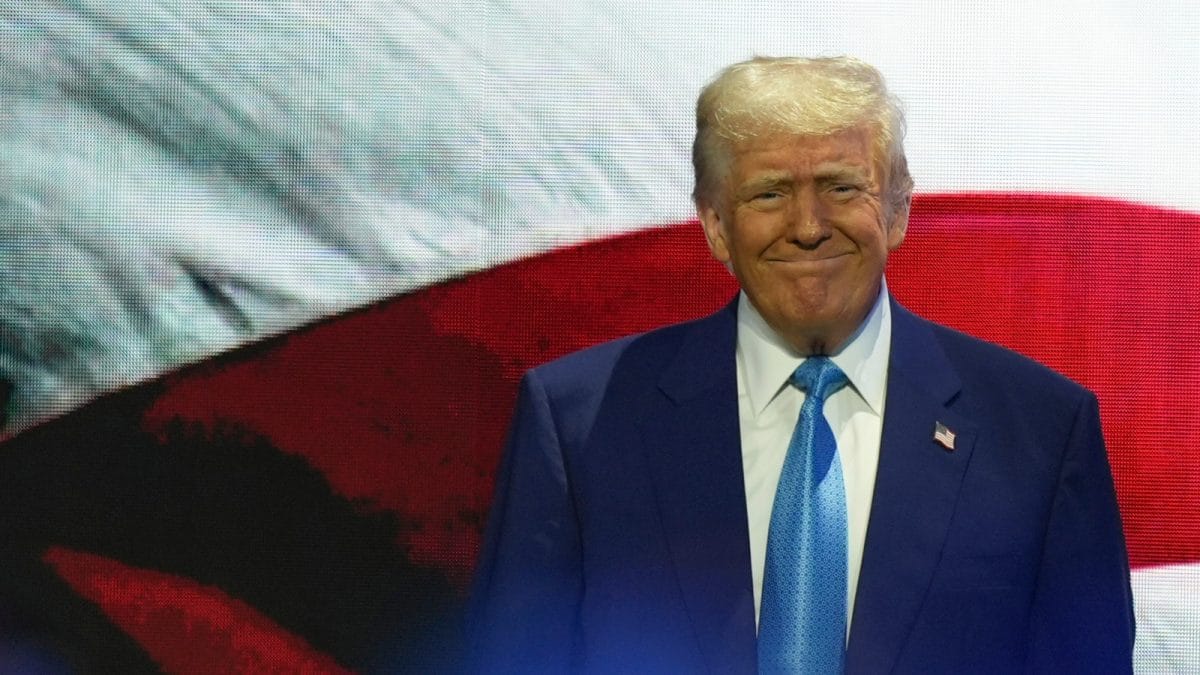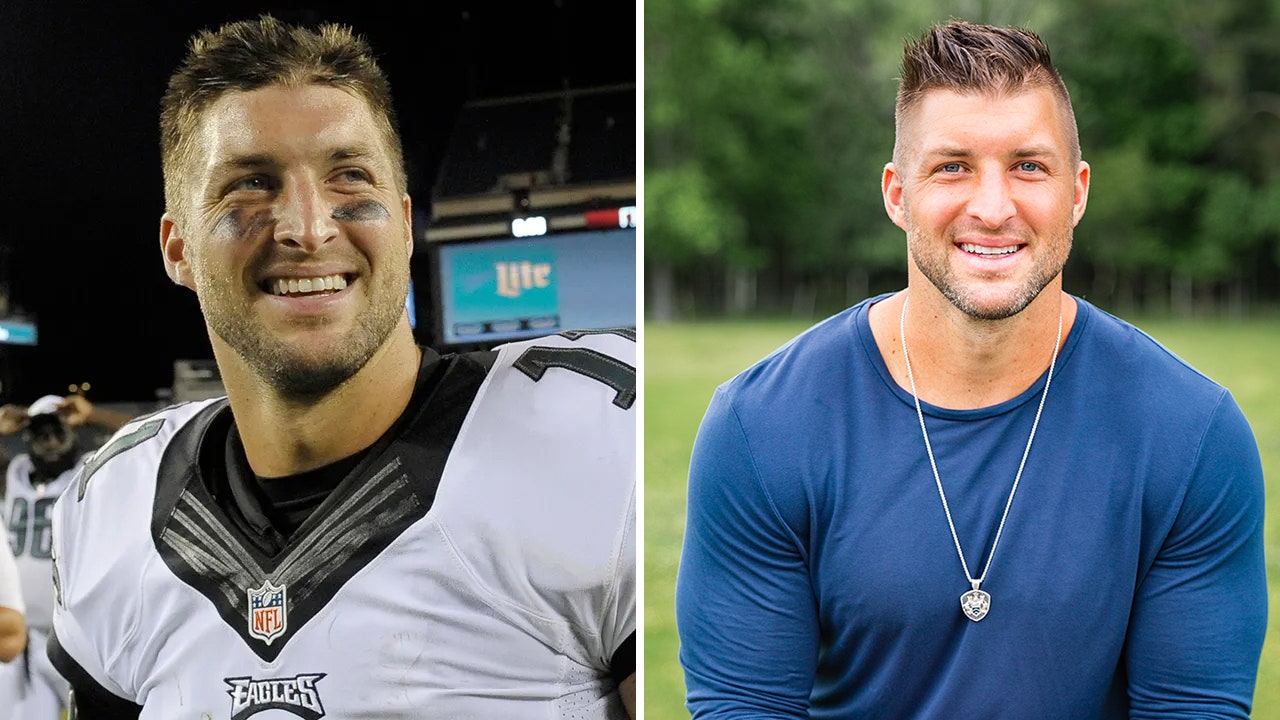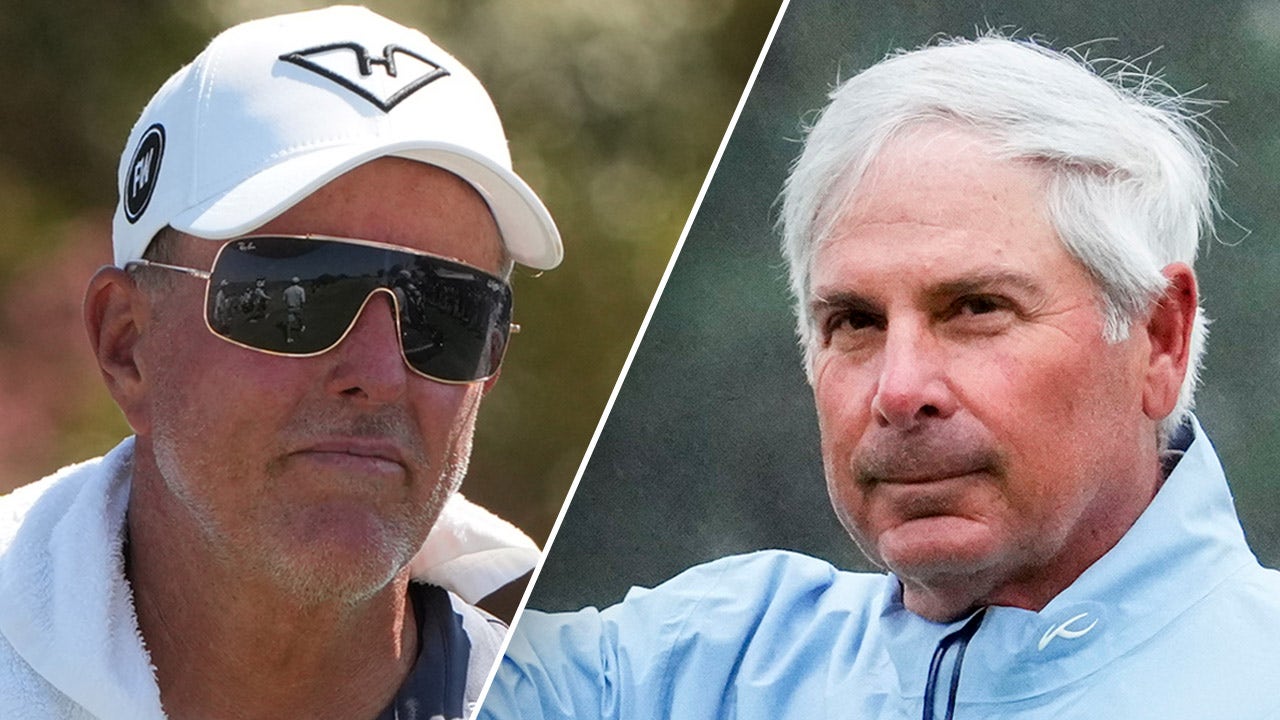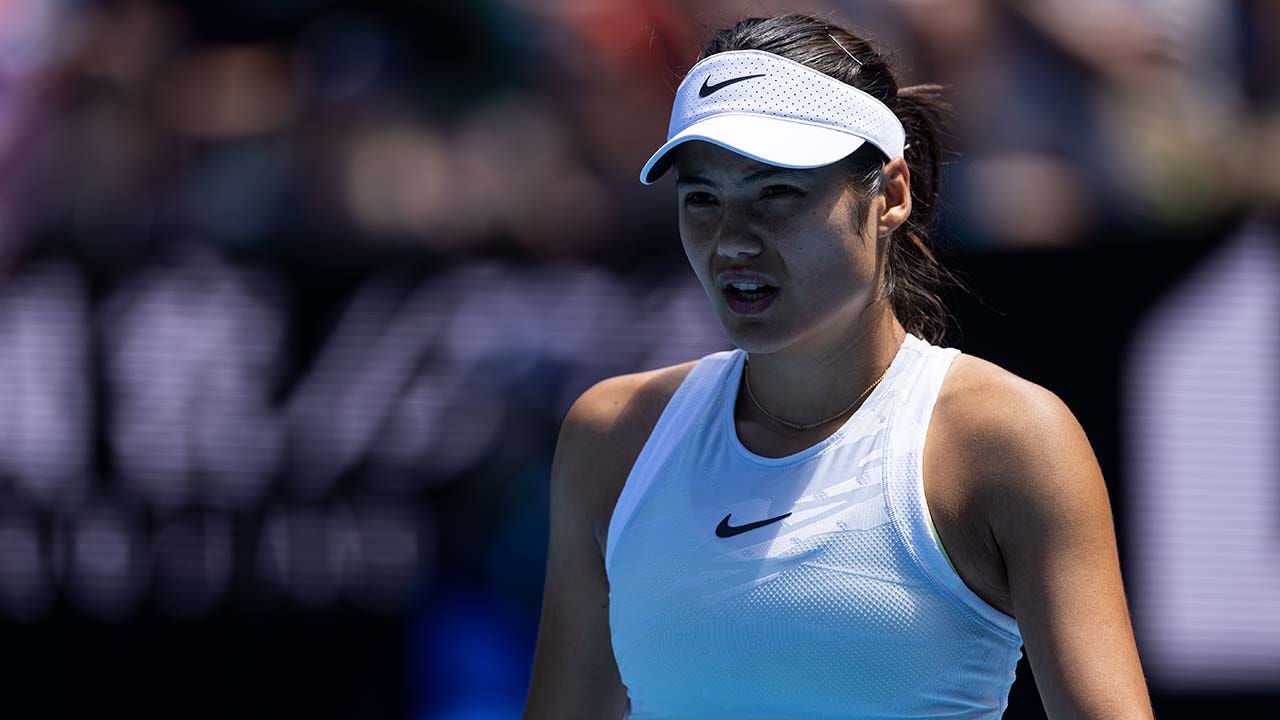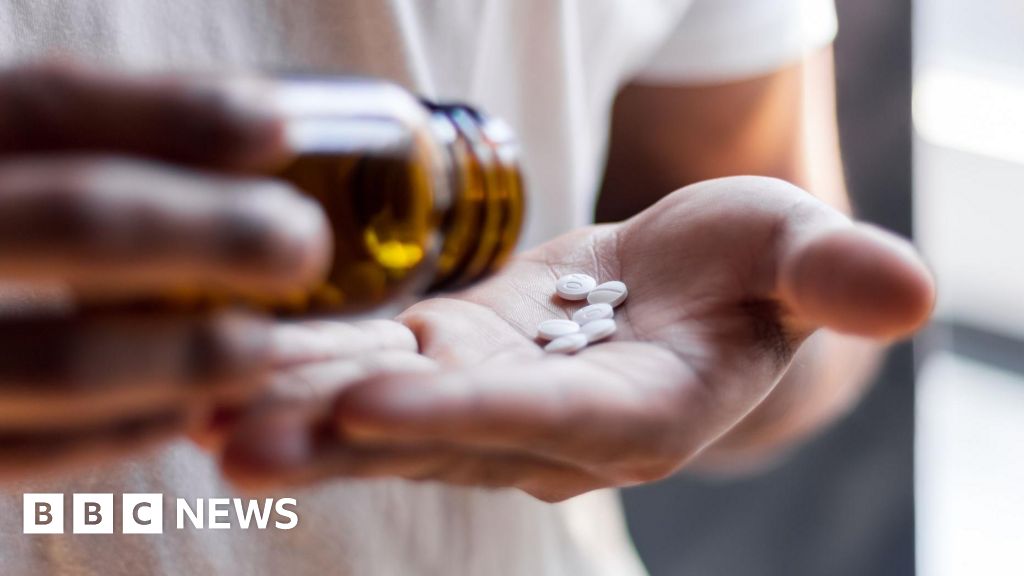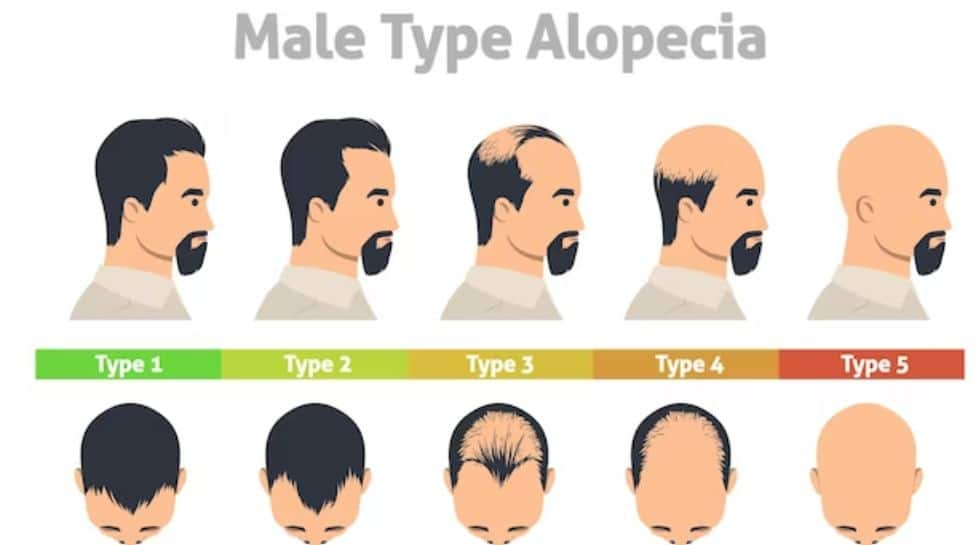Hair is a significant part of our identity and how we are perceived by others. When hair begins to fall out, it can be a challenging experience. Approximately half of men and women will encounter alopecia at some point, but its impact varies between genders.
Let’s explore how hair loss affects men and women differently as shared by Dr Yukti Nakhwa, Dermatologist and QR678 Practitioner, and why solutions that address all underlying causes can be more effective.
Men and Their Battle with Alopecia
For men, the predominant form of hair loss is androgenetic Alopecia or male pattern baldness. This genetic condition typically starts with a receding hairline and thinning at the crown, eventually leading to substantial baldness. The hormone dihydrotestosterone (DHT), a derivative of testosterone, plays a critical role in this process by shrinking hair follicles. As follicles miniaturize, hair becomes finer and eventually falls out. The Norwood Scale categorizes the progression of male pattern baldness, ranging from minimal loss (Grade 1) to extensive baldness (Grade 7).
Men’s hair follicles are affected by DHT-induced shrinkage, which reduces their ability to sustain healthy hair growth. This condition can cause significant emotional distress, affecting self-esteem and confidence. While some men embrace baldness, others struggle with the change, leading to anxiety or even aggression.
Women and the Alopecia Struggle
Women experience hair loss differently. Female pattern baldness, also genetic, results in diffuse thinning of hair, particularly on the crown and along the part line, often creating a ‘Christmas tree’ pattern from above. The Ludwig Scale assesses female pattern baldness from slight thinning (Grade I) to more pronounced loss and reduced volume (Grade III).
In women, hair loss is generally not associated with a receding hairline but can still have a profound emotional impact. Hair is often linked to feelings of femininity and attractiveness, so its loss can lead to depression and diminished self-esteem. Hormonal fluctuations, such as those during menopause or pregnancy, can exacerbate hair loss, adding to the emotional strain. Women’s hair follicles may also undergo miniaturization, though the pattern and progression differ from men’s.
Different Battles, Shared Struggles
Though the patterns of hair loss differ between men and women, the emotional toll is universally challenging. Men might experience decreased masculinity or confidence, leading to anxiety or aggression, while women might face issues related to attractiveness, resulting in depression. Effective treatment options, such as QR678 Neo, PRP therapy, micro needling, and low-level laser therapy (LLLT), can address various causes of hair loss, including hormonal imbalances and follicle miniaturization. Solutions that cater to all underlying causes of alopecia often yield the best results.
Additionally, seeking support from healthcare providers and connecting with support groups can provide relief and comfort. Embracing change, whether through accepting hair loss or pursuing treatment is a personal journey. Society’s growing acceptance of diverse appearances and an emphasis on inner beauty offer hope and support for everyone affected by hair loss.









